With the last three shuttles in the fleet, NASA continued the practice of naming their amazing spacecraft after historic exploration and research vessels.
Others had ventured out onto the high seas for the sake of discovery and scientific advancement. Now, NASA was sending men and women high above our heads in a continuation of the same broad goals.
The names that would carry them would be the same. The new ships and missions might be worlds different, but aboard both the old and the new vessels would be kindred souls of adventure and scientific curiosity, hearts yearning to reach for and touch the unknown.
Space shuttles Discovery, Atlantis, and Endeavour continued to carry humans to destinations that would expand our frontiers, just as ships after which they were named had carried sailors in their own scientific pursuits.
Image: The Last Liftoff (Atlantis, STS-135), p.d.


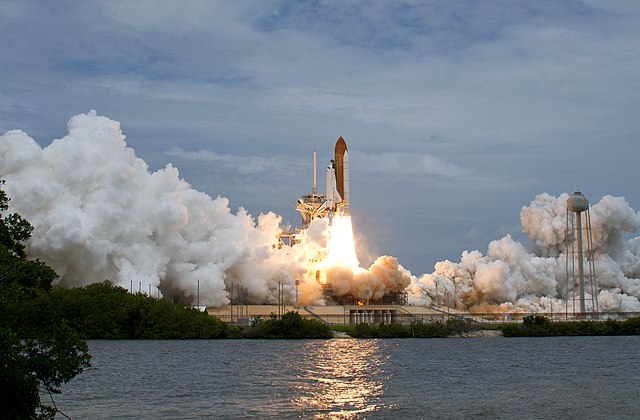

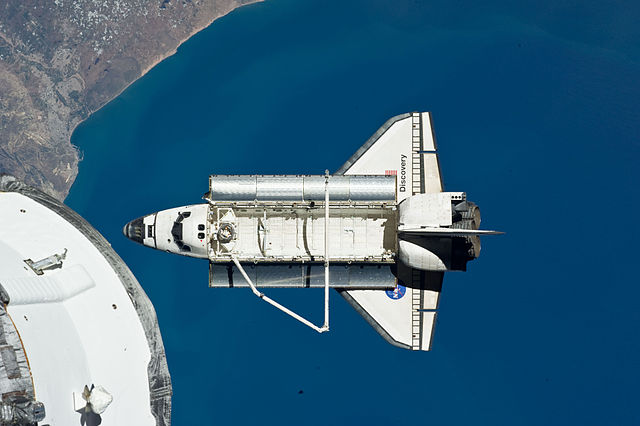






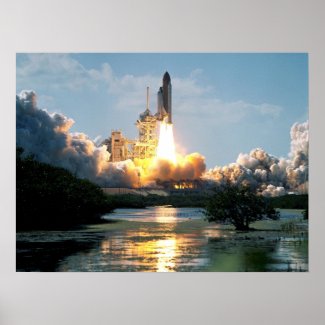


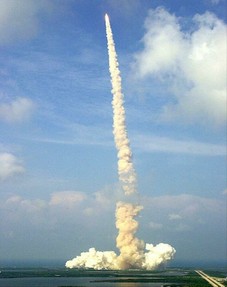












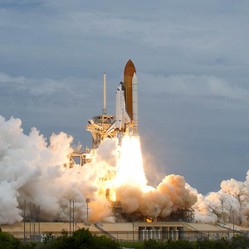

 Gold Heart Locketson 12/30/2015
Gold Heart Locketson 12/30/2015
 Ships and Boats on Electrical Wall Plateson 11/12/2015
Ships and Boats on Electrical Wall Plateson 11/12/2015
 Nautical Jigsaw Puzzles: Ships and the Seaon 11/04/2015
Nautical Jigsaw Puzzles: Ships and the Seaon 11/04/2015
 Tropical Flower Christmas Ornamentson 11/03/2015
Tropical Flower Christmas Ornamentson 11/03/2015

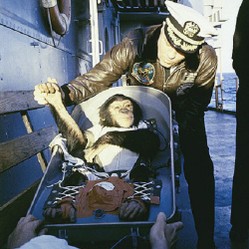
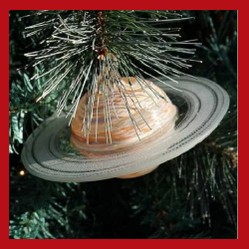
Did you follow the space shuttle program?
CruiseReady, Do you know if the ship Endeavour's remains have been identified off Rhode Island?